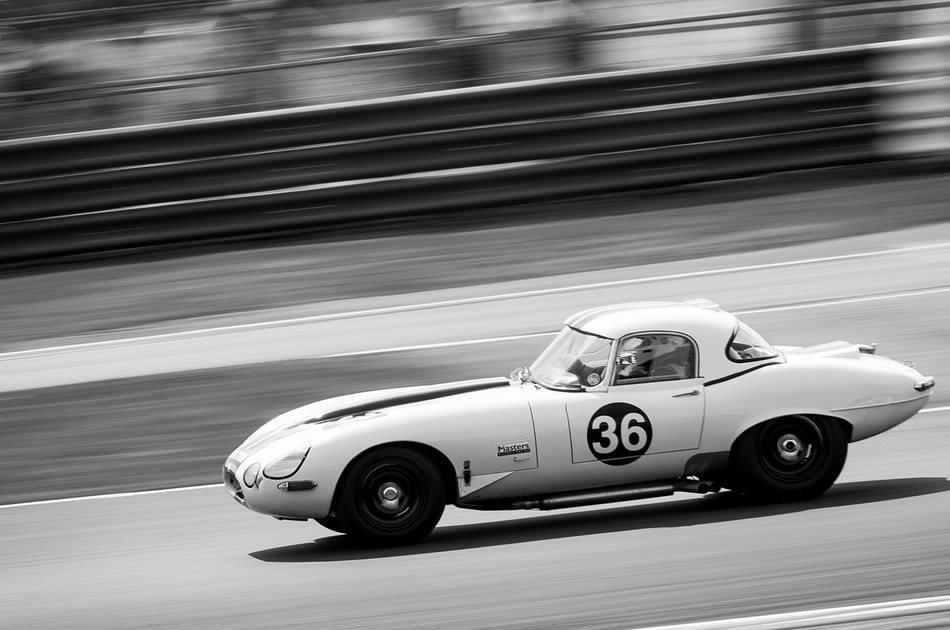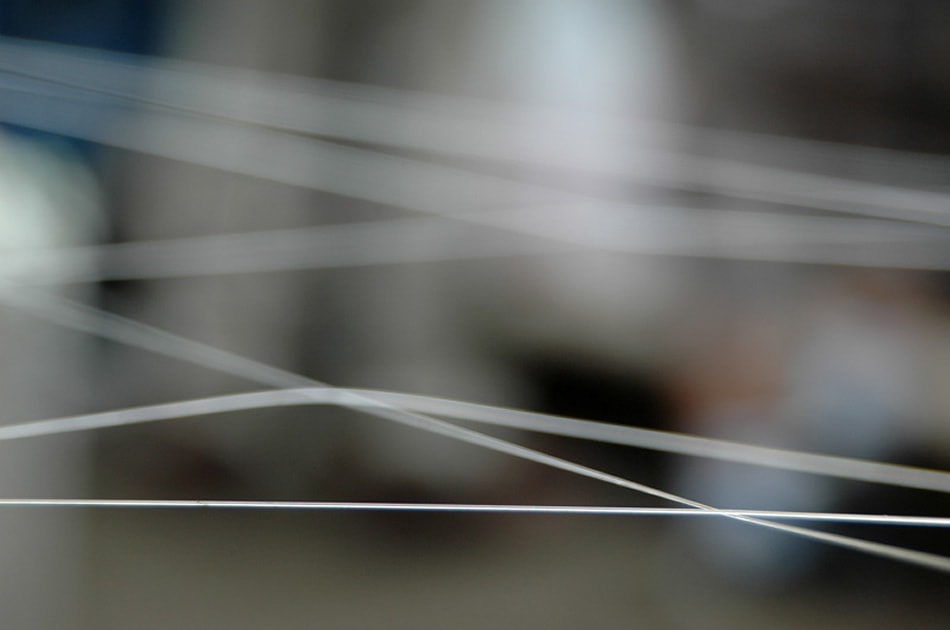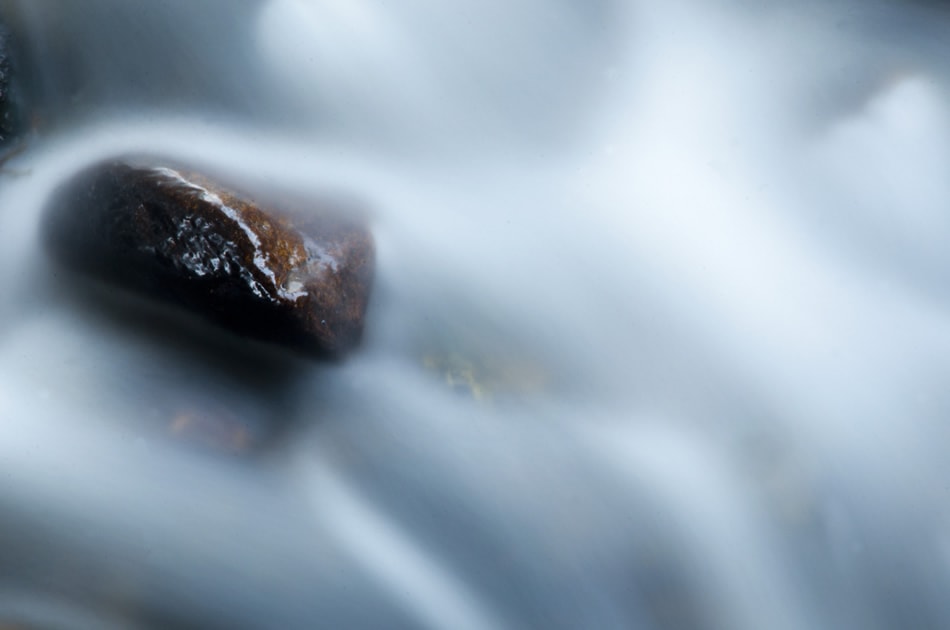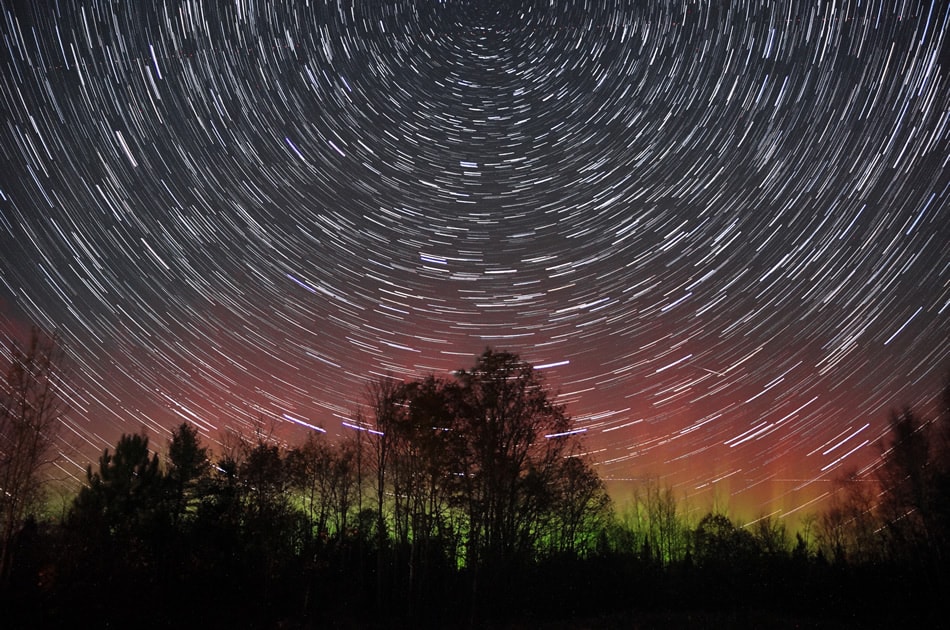Why You Should Capture Intentional Blur in Your Photos
While most of us are after clear, sharp photos, sometimes it pays to introduce intentional some blur into your images.
Intentional blur is much more than just a happy accident. When used correctly, blur can be used to enhance your photos, adding a sense of action or movement to the composition. Distortion can also be used to create artistic and abstract photos, or to add a soft, beautiful touch to water or the sky in your landscape images. Other times, intentional blur can be used to draw attention to the subject.
In short? Just because tack sharp photos are the standard for many types of photography, this doesn’t mean that you should rule out blur altogether. Let’s look at a few ways that you can use intentional blur to create some unique images.
To Convey a Sense of Movement

Photo by Alex Matravers
One of the most common uses of blur in photography is to convey a sense of movement. This is most often done by panning, which involves using the camera to track a moving subject before releasing the shutter. The result will be a subject that’s clear and in focus, while the background will feature blurred streaks, conveying a sense of action.
Another way to include movement in your photos is by capturing a blurry subject with the background sharp and in focus. A common example of this is light trails – which involves using a long exposure to capture the blurred movement of car headlights and taillights on a road or freeway.
For Selective Focus

Photo by Jeff Ruane
Another popular use of blur is using a shallow depth of field to selectively blur out the background or foreground in an image, while drawing the subject into focus. This can be done by using a wide aperture, like f/1.4 or 2.8, and carefully focusing on the area that you want to be sharp and in focus. Keep in mind that the more distance there is between the subject and the background, the more distorted the background will be. If the lighting’s right, and you have soft, filtered light in the background, you may even get some great bokeh – beautiful out-of-focus areas of light in the background of an image.
To Create Light Paintings

Photo by HollyEma
Another fun use of blur is light paintings. To create light paintings, wait until it’s dark, then head out with a friend and a flashlight – or a glow stick, or similar light source. Use a tripod to steady your camera, and switch it to bulb mode. In most cases, you’ll want to use a shutter speed that’s between 11-30 seconds. Once the shutter’s open, have your friend draw shapes or write in the dark. The result will be a fun and unique image that displays the message by blurring the motion of the moving flashlight.
To Make Abstract Art

Photo by Lance Shields
As you know, intentional blur can make for some beautiful, abstract images. If you’re feeling creative, and looking for something different, consider using a slow shutter speed to capture some abstract art. One popular way to create abstract photography is by using a slow shutter speed and panning the camera vertically or horizontally to blur the entire image.
The horizontal panning technique works especially well with seascapes, and sunrise and sunsets. Another method that can be used to create abstract images is the zoom effect. This technique involves twisting the zoom ring on your lens while the shutter is open to create images with a starburst effect, where the center of the image is in focus while the rest of the image blurs outward – ideal for capturing photos that convey drama or excitement.
To Create Silky Smooth Water

Photo by José Antonio Cartelle
Landscape images can be greatly enhanced with intentional blur – especially when it comes to bodies of water. To capture silky smooth water, use a tripod and a long exposure. The longer the exposure, the softer the water will be. While streams and rivers usually require shutter speeds of around 1/15 to 1 second, the ocean usually involves slower speeds of around 5 to 30 seconds. The farther you are from the water, the slower the shutter speed will need to be.
To Create Soft, Wispy Clouds

Photo by Jake Cook
Blur can also be used to capture delicate, wispy clouds. Slowing down your shutter speed and focusing on a solid object in the distance will help to keep the ground sharp, while blurring the movement of the clouds – causing them to appear soft and streaky. Keep in mind that since clouds appear to move slowly across the sky, you may need to use a long exposure speed of 30 seconds or more to capture them effectively.
To Capture Star Trails

Photo by Mike Lewinski
Finally, star trails are an excellent type of image that you can create using intentional blur. To capture star trails, you’ll want to bring your tripod – and lots of patience! Depending on how long you want the trails to be, you’ll want to use an exposure time of between 30 seconds to several minutes – or more. When photographing the night sky, be sure to put your camera in bulb mode for long exposures, and use a remote shutter release to prevent camera shake.
In some situations, blur can be viewed as an unwanted mistake, but when included intentionally it can be a great addition, allowing you to capture images that are full of life, action, and lots of visual interest.
Do you use intentional blur in your images? What type of blur do you look to include?
